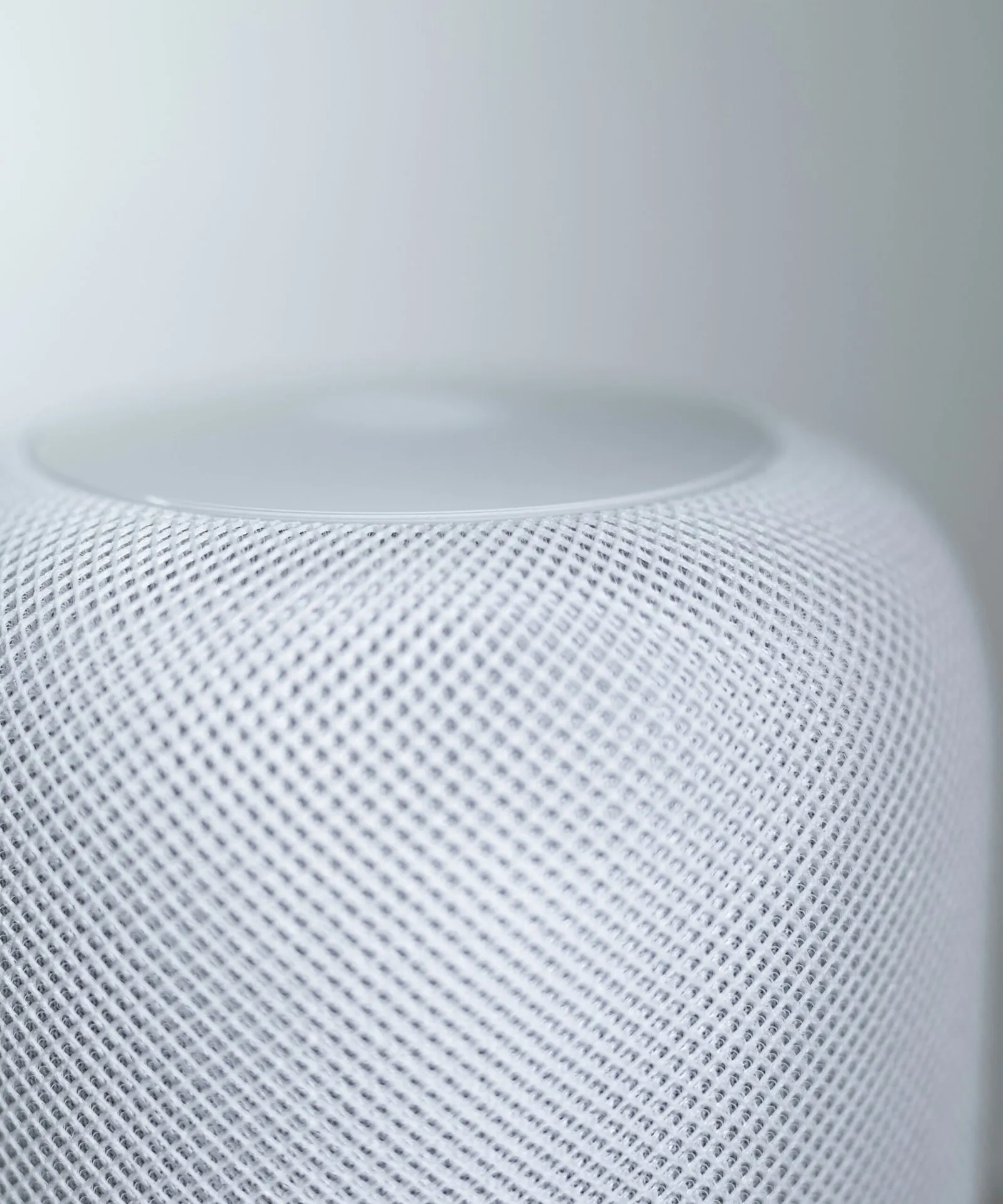
Understanding Smart Speakers and Their Role in Home Automation
Smart speakers are advanced audio systems that incorporate voice recognition technology, allowing users to interact with them through spoken commands. These devices serve as pivotal components in home automation systems, streamlining various household tasks and functions. By interfacing with an array of smart home devices—such as lights, thermostats, locks, and cameras—smart speakers facilitate seamless control of one’s living environment. Their essential role includes not only serving as music players but also as control hubs for a fully integrated smart home.
One of the hallmark features of smart speakers is their voice control capabilities, which enable hands-free operation. This feature is particularly beneficial for users who may have their hands full or those with mobility challenges. Users can issue commands like, “Turn off the living room lights” or “Set the thermostat to 72 degrees,” demonstrating the device’s functionality and convenience. Additionally, many smart speakers are equipped with artificial intelligence that continually learns from user interactions, thus improving performance over time.
For optimal performance, a reliable internet connection is crucial. Smart speakers rely on Wi-Fi to communicate with other devices and the cloud, ensuring that their software is updated and that commands are executed without delay. Without a stable connection, users may experience interruptions or limited functionality, underscoring the importance of a well-configured home network.
Benefits of integrating smart speakers into home automation include increased energy efficiency and enhanced security. Homeowners can program routines to manage energy consumption effectively, such as turning off appliances when not in use. Moreover, smart speakers add layers of security by enabling features like remote monitoring and instant alerts when unusual activity is detected. This combination of convenience, safety, and efficiency makes smart speakers invaluable in modern home automation strategies.
Key Features to Consider When Choosing a Smart Speaker
When selecting a smart speaker for home automation, several key features should be taken into consideration to ensure that it meets your specific needs. One of the primary aspects is sound quality. A smart speaker should deliver clear and balanced audio across a range of volumes, which is particularly important for music lovers and anyone who enjoys high-fidelity sound.
Compatibility with other smart home devices is another significant feature. Not all smart speakers work seamlessly with every product on the market. It is crucial to verify that the speaker can connect to your existing smart home ecosystem, whether it utilizes Z-Wave, Zigbee, or Wi-Fi protocols. This compatibility allows the smart speaker to act as a hub, making it easier to control various devices like smart lights, thermostats, and security systems all through voice commands.
Voice assistant options also play a pivotal role in your selection. Popular options such as Amazon Alexa, Google Assistant, or Apple Siri each have unique strengths and weaknesses. Depending on what ecosystem you are embedded in or what features are most critical for you, the right voice assistant can enhance your experience significantly.
Another important feature is multi-room audio capabilities. If you want to enjoy synchronized music playback across different rooms, ensure that the smart speaker you choose supports this function. This can add convenience and enhance the overall ambiance of your home.
Finally, privacy features cannot be overlooked. With growing concerns about security, it’s important to consider how much control you have over your smart speaker’s listening capabilities. Privacy settings that allow you to manage data collection and opt-out from audio recordings should be prioritized in your decision-making process. Evaluating these aspects will help in choosing a smart speaker that aligns with your home automation needs and personal preferences.
Top Smart Speaker Options on the Market
As home automation continues to gain traction, several smart speakers have emerged as frontrunners, each offering a unique array of features that cater to varying user needs. Among these, the Amazon Echo remains highly popular due to its extensive compatibility with smart home devices and Alexa’s robust voice recognition capabilities. The Echo offers numerous skills, enabling users to control everything from lighting to security systems with simple voice commands. Its price point is typically reasonable, making it accessible for users looking to dip their toes into home automation.
In contrast, the Google Nest Audio excels in sound quality, making it an ideal choice for audiophiles. Leveraging Google Assistant, Nest Audio provides seamless integration with Google services such as calendar and email, allowing for effective time management. Users who prioritize superior audio experiences might find the Nest Audio more appealing, despite a slightly higher price tag compared to basic models. However, some users may experience limitations with its compatibility with fewer smart home devices compared to Amazon’s offerings.
The Apple HomePod stands out for users deeply integrated into the Apple ecosystem. It boasts exceptional sound quality and a sleek design, making it a stylish addition to any room. SIRI’s capabilities allow for voice control of smart devices, although its ecosystem may restrict compatibility, unlike its competitors. Price-wise, it is one of the more expensive options, but many consumers find the quality of build and audio performance to be worth the investment.
Other notable contenders include the Sonos One, which provides rich sound quality and supports Alexa as well as Google Assistant, and the JBL Link Portable, which combines portability with voice control features. Each of these smart speakers has its strengths and weaknesses depending on user requirements, making careful consideration essential when choosing the best smart speaker for home automation.
Setting Up and Maximizing Your Smart Speaker for Home Automation
Setting up your smart speaker is a crucial step in fully realizing its potential for home automation. Begin by unboxing the device and positioning it in a central location within your home for optimal voice recognition. Ensure it is plugged into a power source and within range of your Wi-Fi network. Turn on the device, and it should initiate the setup process, guiding you through the necessary steps.
To connect your smart speaker to Wi-Fi, you will typically need to download the corresponding app on your smartphone or tablet. Once the app is installed, follow the prompts to link your speaker to your Wi-Fi network. This connection is essential for enabling communication with other smart devices in your home. During this process, you might be asked to create or log in to an account associated with the speaker brand, which is crucial for accessing additional features and services.
After the initial setup, linking your smart speaker with other smart devices enhances its functionality, allowing for integrated home automation. Check the compatibility of your smart devices with the speaker and add them through the app. Common devices include smart lights, thermostats, and security systems, all of which can be controlled via voice commands or the app interface.
Customizing the speaker settings is essential for an optimized experience. Adjust sound settings to suit your preferences and explore voice command options for seamless operation. Familiarize yourself with the list of available commands to control your smart home effectively. Additionally, delve into the various apps and services integrated within your speaker to broaden its capabilities. Engaging with these features allows for a tailored experience, ensuring that your smart speaker works efficiently, assisting you in achieving a cohesive home automation environment.

